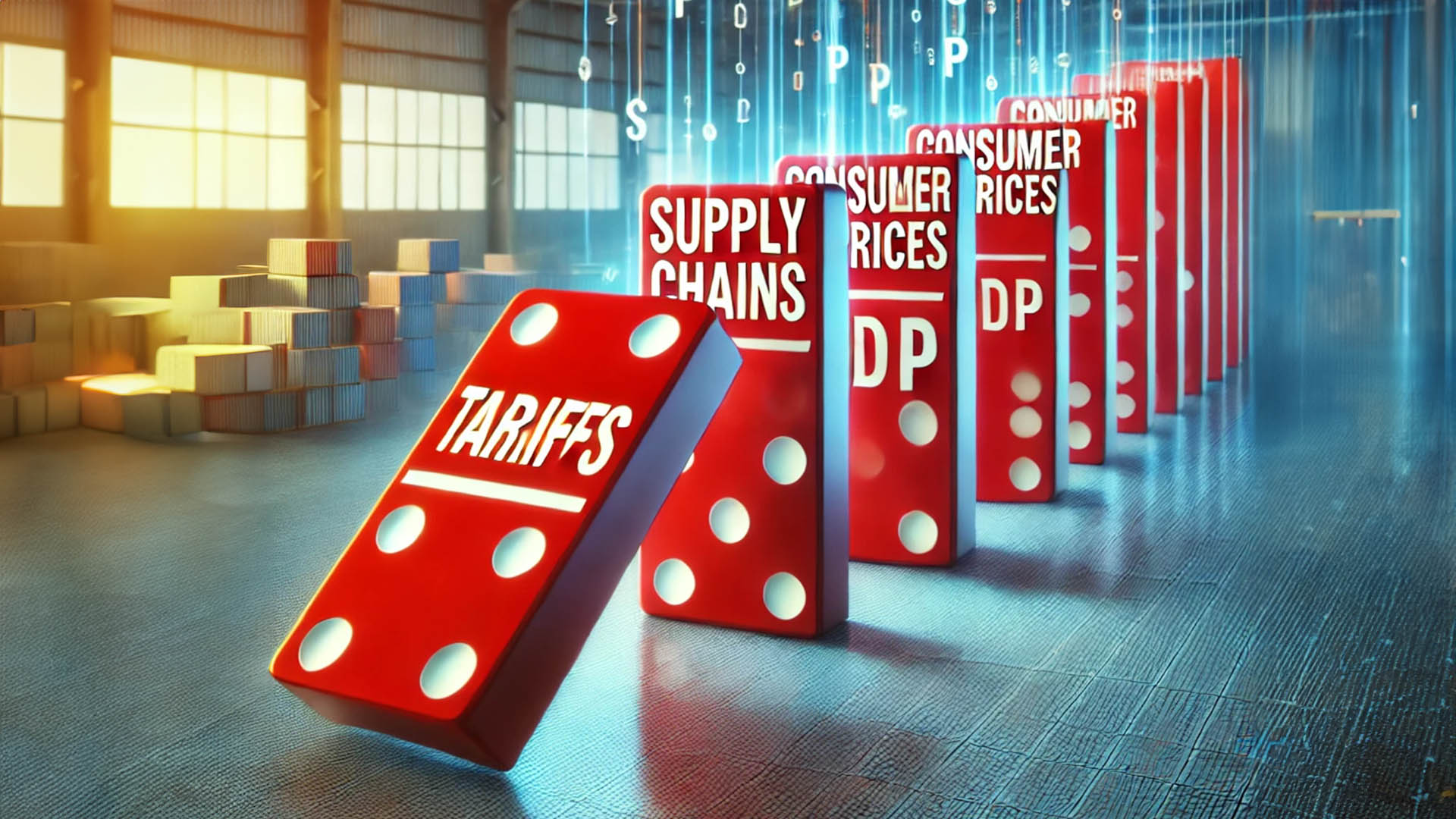A big week ahead for China and those countries, such as Australia, that are sensitive to the ups and downs in the world’s second-largest economy.
Early June data from China suggests there was not much of a change last month from May as the economic recovery strengthens.
The news came as the current rebound in Chinese stockmarkets ended on Friday with the first daily fall in nine.
Ahead of key trade and GDP data this week, we saw a small rise in car sales in June for the second month in a row, moderate consumer inflation, strong bank lending, and producer price deflation, although at a slightly easier level.
China’s auto sales data on Friday showed a 1.8% rise in June over a year earlier.
But for the six months to June 30 sales were down double digits after the country shut to fight the coronavirus.
June sales of SUVs, sedans, and minivans rose to 1.8 million, according to the China Association of Automobile Manufacturers.
That was down from May’s 7% gain following the reopening of the economy but a rebound from February’s record 81.7% plunge in the midst of the economy-wide lockdown to fight the COVID-19 pandemic.
For the six months through June, sales were off 22.4% from a year ago, CAAM reported.
Total vehicle sales, including trucks and buses, rose 11.6% in June to 2.3 million.
Demand for electric vehicles weakened last year after Beijing reduced subsidies that helped to make China their biggest market, accounting for half of global sales. The government said in April it will extend subsidies through to the end of this year to support sales.
June sales of gasoline-electric hybrid and pure-electric vehicles fell 33.1% from a year earlier to 104,000, according to CAAM. For the first half, sales were down 37.4% at 393,000.
Sales by Chinese brands fell 11.6% in June from a year ago to 590,000 units. Their market share shrank 5 percentage points from the same time a year ago to 33.5%.
Meanwhile, China’s consumer price inflation in June was up an annual 2.5% from the 2.4% annual rate in May.
China’s National Bureau of Statistics (NBS). said month on month the CPI was down 0.1% after food prices which rose 0.2% from May.
In the first half of this year, the CPI was up 3.8% from the same period in 2019 thanks to the big rises in the first quarter as pork prices hit multiple highs.
Excluding food and energy, the core CPI annual rose 0.9% over last year, to June down from 1.1% in May.
Producer prices fell by an annual 3% in June after May’s 3.7% slide.
On a month-on-month basis, the PPI rose 0.4% last month, compared with a 0.4% fall in May.
Meanwhile, total credit was stronger than expected in June accelerating to 12.8% year on year as the government oversaw a relaxed approach to lending, especially to smaller enterprises.
Bank reserve asset ratios were eased several times in the first half of the year to free up billions of dollars of new money for lending and the key prime lending rate was cut in the June quarter.
New bank lending jumped 22.3% in June as authorities continued to boost credit in the wake of the lockdown.
Chinese banks lent 1.81 trillion yuan ($US258 billion) in new yuan loans in June, up from 1.48 trillion yuan in May, according to data released by the People’s Bank of China (PBOC) on Friday.
That pushed bank lending in the first half of this year to a record 12.09 trillion yuan ($US1.72 trillion), beating a previous peak of 9.67 trillion yuan in the first half of 2019.
PBOC Governor Yi Gang said last month new loans could reach nearly 20 trillion yuan for the full year.
If that’s the case there will be a sharp fall in lending in the coming months – that’s something that almost won’t happen given the sensitivity of the government to the stuttering health of the economy.
The surge in lending in June helps explain the sudden re-awakening in Chinese sharemarkets in the past fortnight.
Chinese shares are up 14% month to date, have surged above their 2018 high, and are now just 12% below their 2015 high.
The AMP’s chief economist, Shane Oliver says Chinese shares are trading on a forward PE of 14 times “which is hardly the stuff of bubbles.”
“But the combination of a good track record in controlling the virus compared to many other countries, a solid economic recovery and ultra-easy monetary policy all point to more upside,” he said of share prices.
Trade data is out tomorrow and Thursday is a big day with the June quarter and first half GDP figures and data on urban investment, industrial production, and retail sales.
China’s economy contracted by an annual 6.8% in the March quarter. The quarter on quarter drop was a massive 9.8%. Economists think the June quarter will see a rebound by around 9.6% quarter on quarter.
The activity indicators are also likely to show further improvement with annual growth in industrial production rising to 4.8% (from 4.4%), retail sales growing by +0.4% (from -2.8%) & investment improving to -3.4% (from -6.3%).













